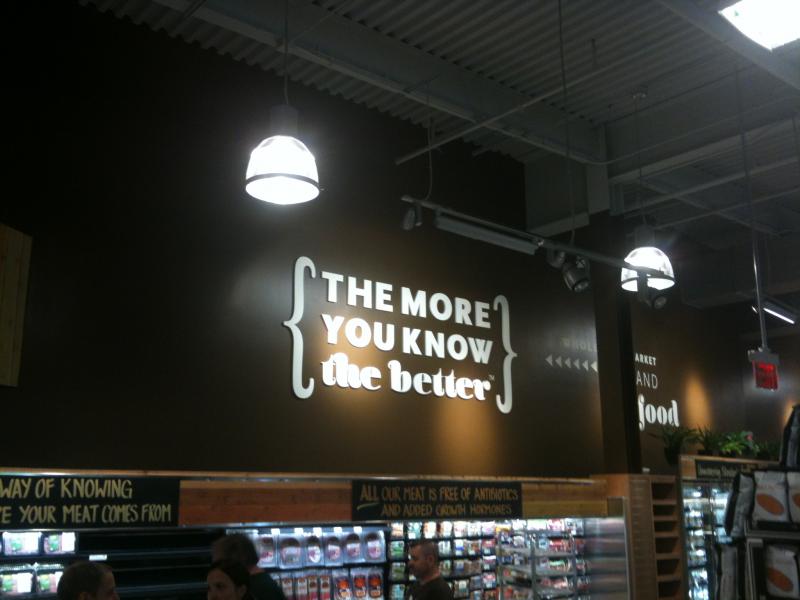Over the past year Amazon Fresh has gained increasing popularity as it has expanded into multiple regions and increased its marketing. There are many potential costs and benefits to the risky sector of online groceries – Amazon would not be the first to try and fail in such a scheme.

HomeGrocer, later rebranded Webvan, sought to capitalize on the benefits of an online marketplace. By removing the need for physical retail space, costs could be greatly reduced though with the additional cost of delivery vehicles. However, despite this cost, it was believed that the efficiency of centralized, automated warehouses could lead to a sufficient decrease in associated costs. In addition, the middleman (grocery retailers) could be cut out thus providing many profitable opportunities for the online retailer. These retailers not only increase the price of product due to their own need for profit, but they can also act as a representative of consumer demand and use this to influence producers through their purchasing standards. However, it was not to last – Webvan suffered one of the most catastrophic collapses of the dotcom burst. After filing for bankruptcy, they were rapidly purchased by Amazon.
Tesco was a much more established retailer that sought to use online shopping to expand into the emerging market of South Korea without having to invest in expensive real estate. Their use of QR codes as seen in the video below allowed them to infiltrate the market by targeting the commuter niche. As with other operations, convenience is seen as one of the key selling points. It’s supporters seek to establish the cell phone as the dominant tool of the next generation of shoppers.

Where Amazon differs from these other retailers is that it is already an established online retailer for a broad spectrum of products. It’s continued existence does not hinge on the continued success of the grocery program that can even be afforded to run at a loss in the short term. In addition, Amazon’s facilities and delivery network are already extremely efficient. Amazon also seems to realize the huge potential for partnering with local vendors. By increasing the availability of local niche artisan products, Amazon could see a host of benefits. Decreased shipping expense, increased customer loyalty/satisfaction, and supporting local economies to name a few.
However, the greatest reward by far would be to supplant grocery stores as the key link between producer and consumer. The question remains though as to whether or not Amazon is able to fill the shoes so to speak. As I explore in other posts, grocery stores are about far more than simply handing off food to consumers. Niche products, potential development of advanced virtual shopping spaces, and lower prices are but a few areas where online grocers could far surpass traditional retailers. It remains to be seen whether these benefits will be made to outweigh issues with customer service, product quality, trust, and profitability. If nothing else, this wave of online retail competition could serve to refresh the stagnated retail spaces of even the largest corporate giants.
 Follow
Follow